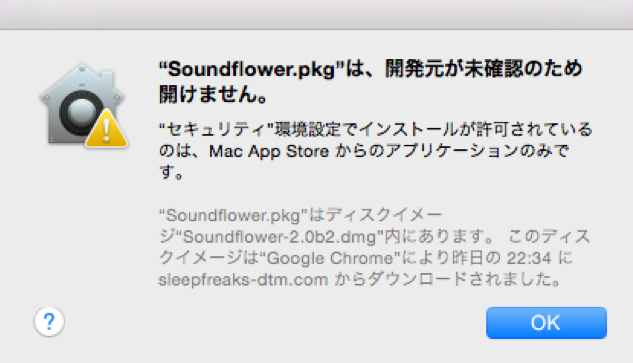To get the latest features and maintain the security, stability, compatibility, and performance of your Mac, it's important to keep your software up to date. Apple recommends that you always use the latest macOS that is compatible with your Mac.
Cubase 5 free. download full version. Audio & Video tools downloads - Cubase AI 5 by Steinberg and many more programs are available for instant and free download. UAD v8.5 and higher is tested and compatible with Mac OS X 10.11 El Capitan. UAD v8.5 is tested and compatible with released versions of Mac OS X 10.9 Mavericks, 10.10 Yosemite, and 10.11 El Capitan. Pre-release and beta OS versions are not supported. Mac OS X 10.8 Mountain Lion is no longer tested.
- This OS X update, El Capitan, adds a mountain of new features to Apple's ever-expanding operating system. See what this update is all about in this new tutorial course by our favorite Mac expert, Francesco Schiavon!
- Now supports Cubase 11 series. The following are now non-compliant: Cubase 9 series, Cubase 9.5 series and Cubase 10 series. The following are now non-compliant: Mac OS X 10.11 (El Capitan), macOS 10.12 (Sierra) and macOS 10.13 (High Sierra). V1.6.7 to V1.6.9. Now supports Cubase 10.5 series. Now supports macOS 10.15 (Catalina).
- Yes, Cubase Pro 8.5 is compatible with El Capitan. If you can take a minute and use the rating system to rate our session as 3 stars or higher and press Submit so I am credited with helping you. Ask Your Own Consumer Electronics Question Electronics Technician: Josh, Technician replied 3 years ago.
Learn how to upgrade to macOS Big Sur, the latest version of macOS.
Check compatibility
If a macOS installer can't be used on your Mac, the installer will let you know. For example, it might say that your Mac doesn't have enough free storage space for the installation, or that the installer is too old to be opened on this version of macOS.

If you want to check compatibility before downloading the installer, learn about the minimum requirements for macOS Catalina, Mojave, High Sierra, Sierra, El Capitan, or Yosemite. You can also check compatible operating systems on the product-ID page for MacBook Pro, MacBook Air, MacBook, iMac, Mac mini, or Mac Pro.
Make a backup

Before installing, it’s a good idea to back up your Mac. Time Machine makes it simple, and other backup methods are also available. Learn how to back up your Mac.
Download macOS

It takes time to download and install macOS, so make sure that you're plugged into AC power and have a reliable internet connection.
These installers from the App Store open automatically after you download them:
Cubase For Mac El Capitan Mac
- macOS Catalina 10.15 can upgrade Mojave, High Sierra, Sierra, El Capitan, Yosemite, Mavericks
- macOS Mojave 10.14 can upgrade High Sierra, Sierra, El Capitan, Yosemite, Mavericks, Mountain Lion
- macOS High Sierra 10.13 can upgrade Sierra, El Capitan, Yosemite, Mavericks, Mountain Lion, Lion

Your web browser downloads the following older installers as a disk image named InstallOS.dmg or InstallMacOSX.dmg. Open the disk image, then open the .pkg installer inside the disk image. It installs an app named Install [Version Name]. Open that app from your Applications folder to begin installing the operating system.
Cubase For Mac El Capitan Alex Honnold
- macOS Sierra 10.12 can upgrade El Capitan, Yosemite, Mavericks, Mountain Lion, or Lion
- OS X El Capitan 10.11 can upgrade Yosemite, Mavericks, Mountain Lion, Lion, or Snow Leopard
- OS X Yosemite 10.10can upgrade Mavericks, Mountain Lion, Lion, or Snow Leopard
Install macOS
Follow the onscreen instructions in the installer. It might be easiest to begin installation in the evening so that it can complete overnight, if needed.
If the installer asks for permission to install a helper tool, enter the administrator name and password that you use to log in to your Mac, then click Add Helper.
Please allow installation to complete without putting your Mac to sleep or closing its lid. Your Mac might restart, show a progress bar, or show a blank screen several times as it installs both macOS and related updates to your Mac firmware.
Learn more
You might also be able to use macOS Recovery to reinstall the macOS you're using now, upgrade to the latest compatible macOS, or install the macOS that came with your Mac.
